


Oct . 11, 2025 11:00 Back to list
Telescopic Hot Stick | Lightweight, Insulated, ASTM Rated
Field Notes on a Crucial Live-Line Tool
In the power-distribution world, the humble telescopic hot stick often decides whether a crew gets home on time—and safely. It’s fiberglass, yes, but it’s also system thinking: dielectric performance, ergonomics, locking reliability, and maintenance discipline. I’ve watched crews swap fuses in coastal rain and open switches under desert sun; the differences between a good stick and a merely okay one show up fast.
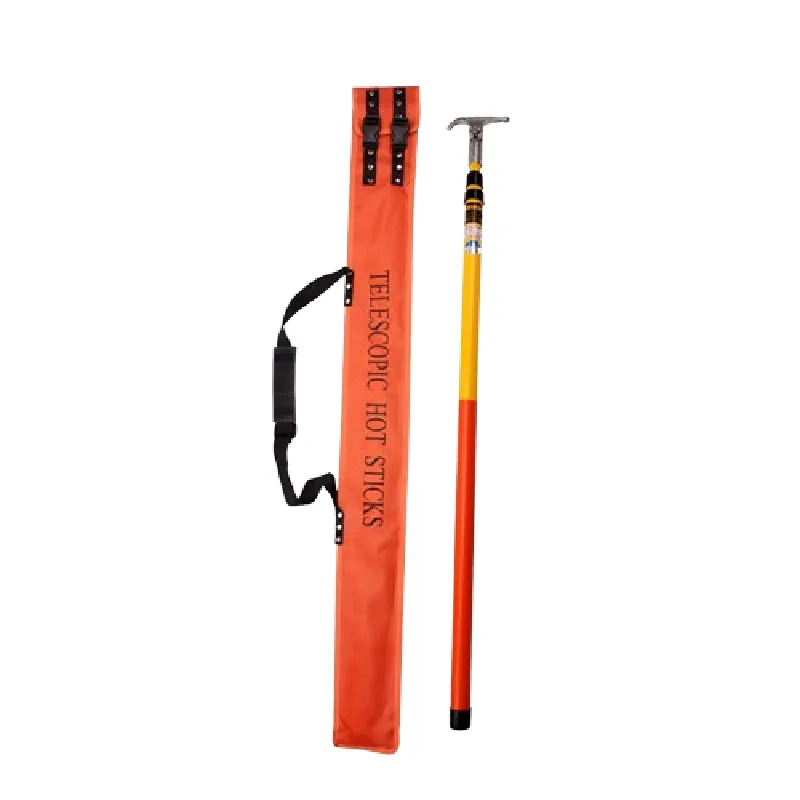
What’s new: trends you can actually feel on the pole
Utilities keep asking for lighter sections, better wet-stick performance, and coatings that don’t chalk after two summers. We’re also seeing more universal-head tooling (switch hooks, saws, fuse pullers) and QR-coded inspection logs. To be honest, the biggest shift is quality control: traceable resin batches and routine wet withstand tests are becoming the norm, not the “nice to have.”
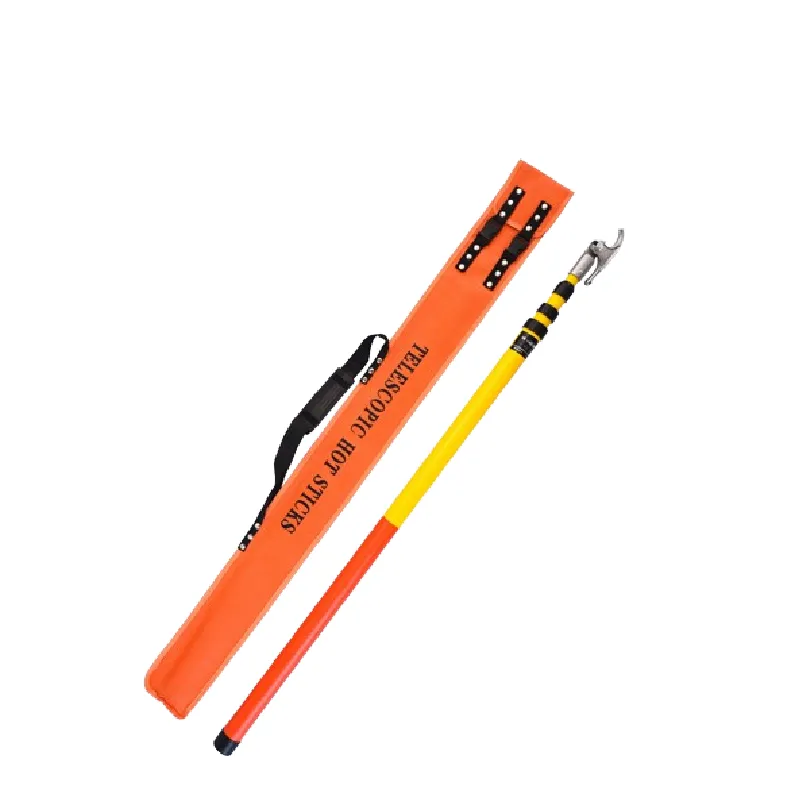
Core specifications (real-world, not brochure gloss)
| Material | Pultruded FRP tube (epoxy/vinyl ester), UV-stable polyurethane topcoat |
| Sections / Length | 4–10 sections; extended ≈ 3.6–12 m; retracted ≈ 1.0–2.2 m (options) |
| Dielectric withstand | ≈100 kV/ft dry, ≈75 kV/ft wet for 5 min (ASTM/IEC methods; real-world use may vary) |
| Grip & head | Silicone/EPDM grip; universal head, switch hook, or custom attachments |
| Locks | Positive button-lock or collar-clamp style; anti-rotation optional |
| Weight | Around 1.2–4.5 kg depending on sections |
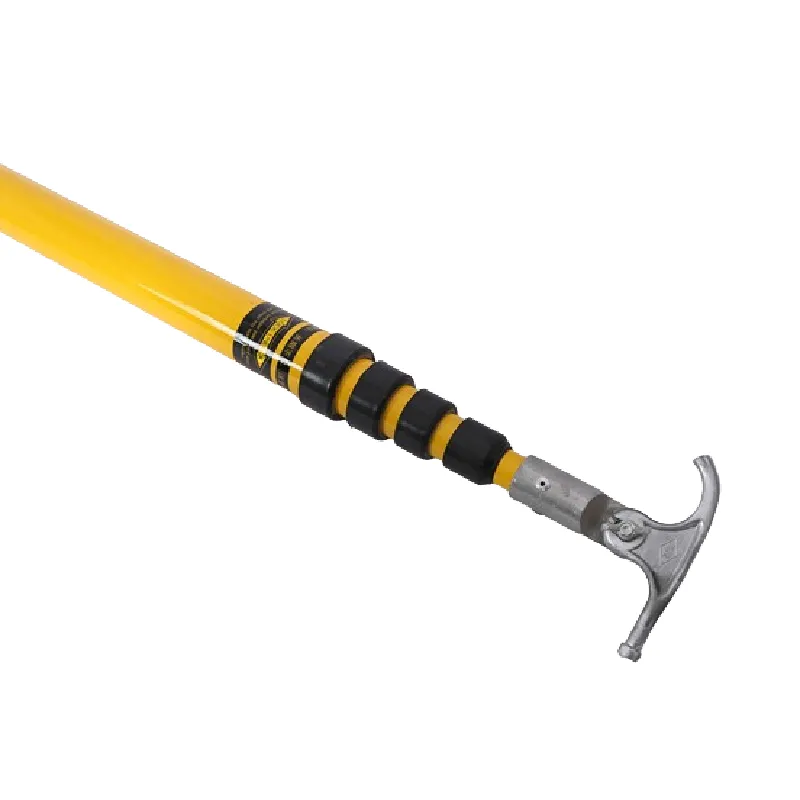
How it’s made and proven
Materials: electrical-grade FRP via pultrusion, glass rovings + epoxy/vinyl-ester resin, hydrophobic UV topcoat. Methods: precision sanding for creepage, sealed ends, stainless fasteners. Testing: per ASTM F711 and IEC 60855-1—dry/wet AC withstand, leakage current monitoring, bend/torque, UV/abrasion. Typical factory data (n=5 sticks): wet withstand pass @ ≈75 kV/ft (5 min), leakage current ≈ 30–80 µA, 3-point bend deflection ≈ 12–18 mm at 100 N. Service life: 8–15 years with routine cleaning, wax, and inspection.
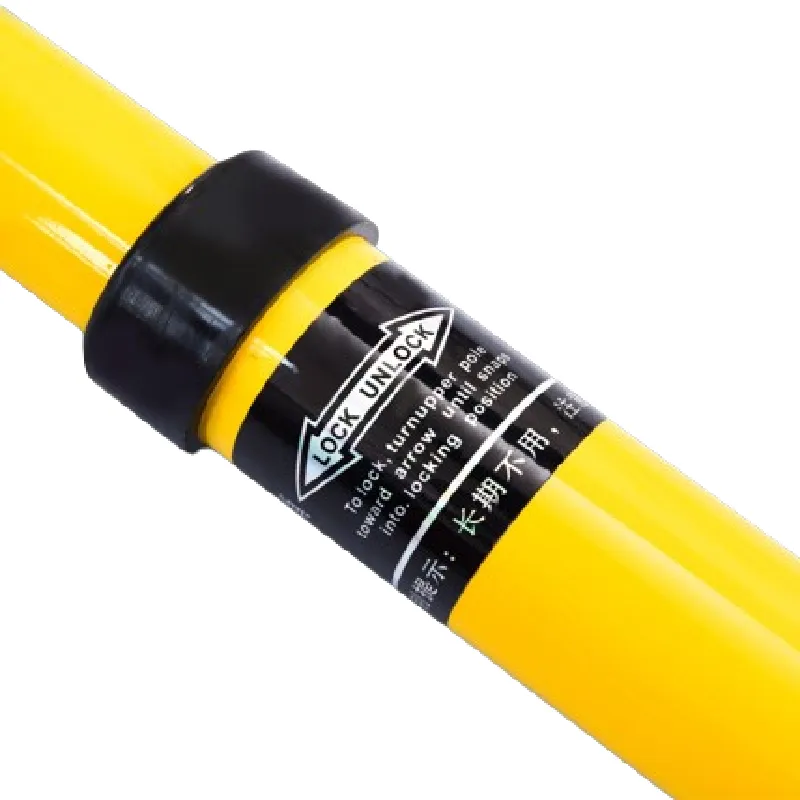
Where crews use it
Distribution switching, fuse replacement, applying insulating sleeves, capacitor bank isolation, substation maintenance, and even wind/rail OCS work. Many customers say the telescopic hot stick shines in tight alleys and storm recovery when bucket access is awkward. Advantages: safer MAD compliance, tool reach without ladder gymnastics, and consistent dielectric margins in wet weather—assuming good housekeeping.
Quick case: a coastal utility trialed the telescopic hot stick during monsoon season. Fewer callbacks due to lock slip (0 vs. 3 prior season), and crews noted better grip in gloves. One lineman told me, “It doesn’t chatter when extended—small thing, big deal.”

Vendors at a glance (indicative)
| Vendor | Origin | Standards stated | Lead time | Price | Notes |
|---|---|---|---|---|---|
| Bilopowtel | China | ASTM F711, IEC 60855-1 | 2–5 weeks | $ | Strong customization; competitive MOQs |
| Hastings | USA | ASTM/OSHA | 4–8 weeks | $$$ | Broad accessory ecosystem |
| Hubbell Chance | USA | ASTM/IEEE | 3–7 weeks | $$$ | Established utility footprint |
Note: Publicly available info; specs/prices vary by model and region.

Customization & compliance
Options include section count, length, color (utility orange/yellow), branding, anti-rotation, and head types. Certifications/standards referenced: ASTM F711, IEC 60855-1, IEEE 516, and OSHA 1910.269 work practices. Factory CoC and dielectric test sheets are typically supplied. If you need a telescopic hot stick rated for salt-fog districts, ask for enhanced topcoat and sealed joints—worth it.
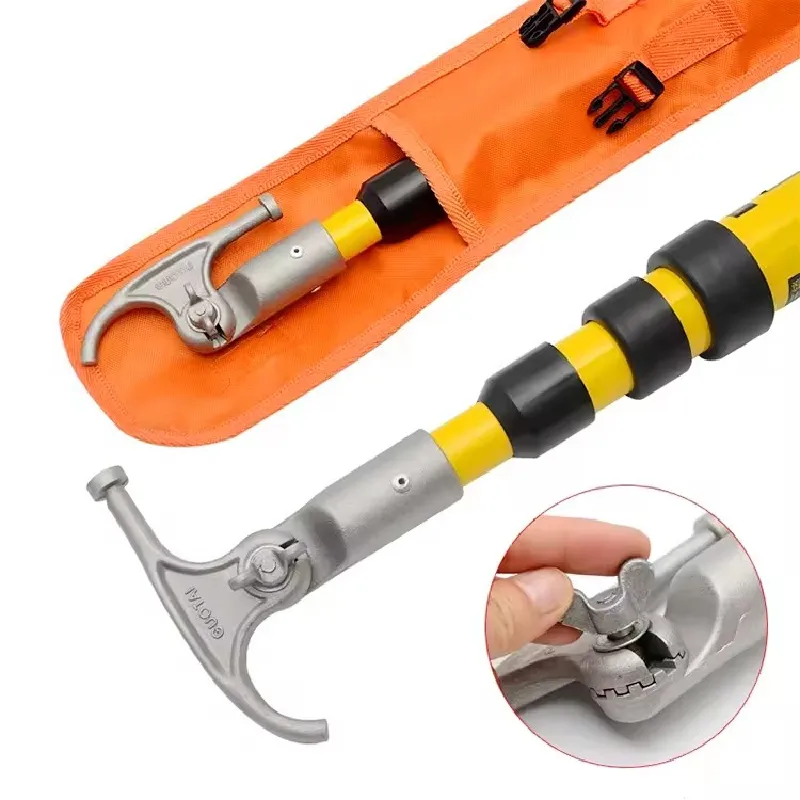
Bottom line
Whether you’re opening a 27.6 kV air-break or pulling a blown cutout in the rain, a dependable telescopic hot stick is non-negotiable. Check the wet test data, inspect the locks, and keep it clean. That’s the playbook, and it works.
Authoritative citations
- ASTM F711 – Standard Specification for Fiberglass-Reinforced Plastic (FRP) Rod and Tube for Live Line Tools.
- IEC 60855-1:2016 – Live working – Insulating foam-filled tubes and solid rods.
- IEEE Std 516-2021 – Guide for Maintenance Methods on Energized Power Lines.
- OSHA 1910.269 – Electric Power Generation, Transmission, and Distribution.
- EPRI Live Working Reference Materials – Dielectric tool maintenance best practices.
Latest news
Hydraulic Crimping Tool – Precision & Heavy-Duty Speed
NewsNov.05,2025
Cable Pulling Swivel | High-Strength, Anti-Twist, Stainless
NewsNov.04,2025
Cable Pulling Tools – Pro-Grade, Safe, Fast Install
NewsNov.03,2025
Hydraulic Crimping Tool – Fast, Precise, Quick-Change Dies
NewsNov.02,2025
Hydraulic Crimping Tool for Sale | Fast, Precise, Heavy-Duty
NewsNov.01,2025
Duct Rodder for Sale – Non-Conductive, Durable Fiberglass
NewsOct.31,2025









